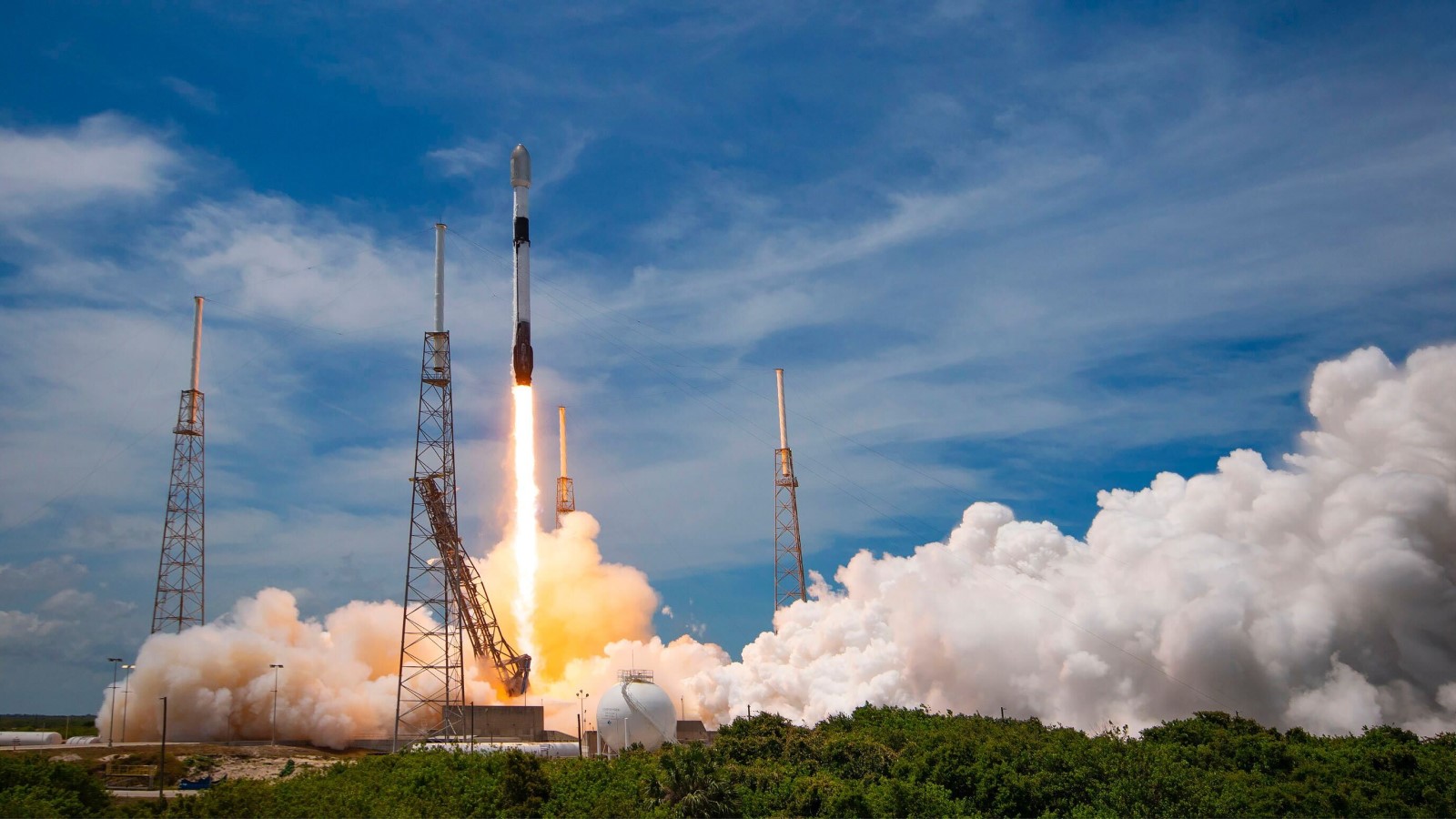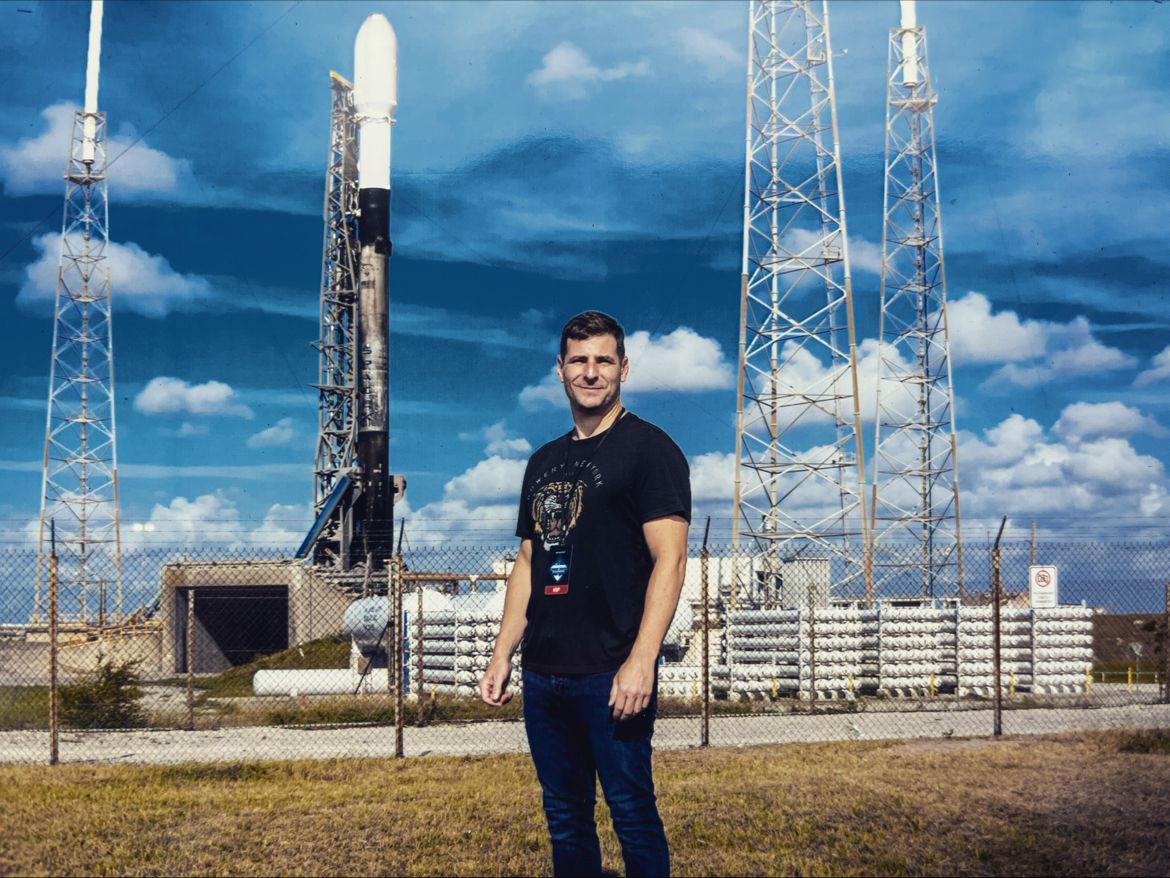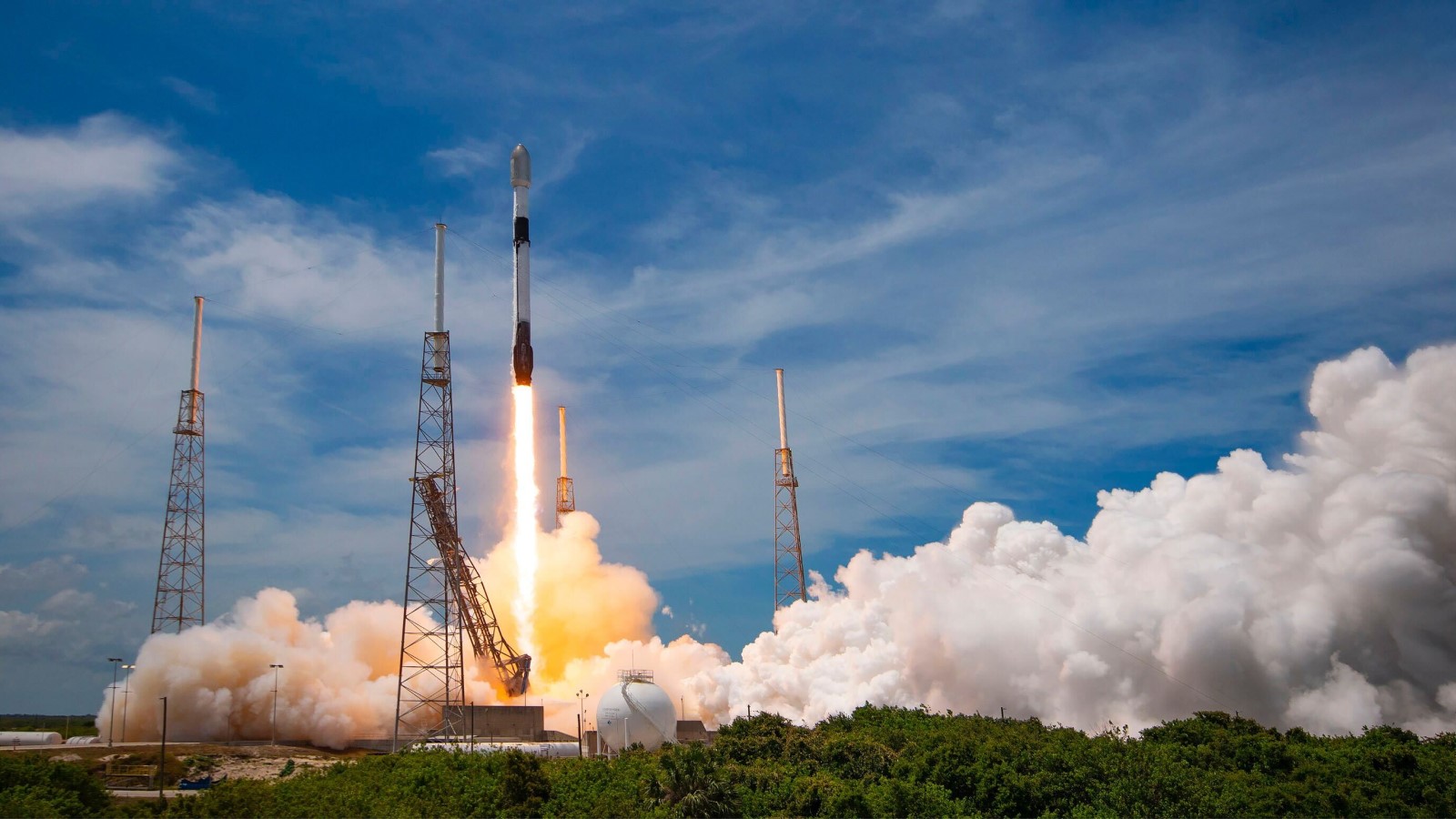Contact us
Get in touch with our experts to find out the possibilities daily truth data holds for your organization.
Persistent Monitoring
Natural catastrophe solutions
Vice President of Solutions, ICEYE


Photo credit: SpaceX
Cape Canaveral, Florida is not just any American city. It is the home of countless movie scenes and is synonymous with launching missions that have and will continue to shape the world as we know it. The area is littered with famous NASA facilities, SpaceX rocket retrieval boats coming into the harbor, the Kennedy Space Center, and the world’s largest water tower that supports Blue Origin’s launch complex.
On the morning of the launch, SpaceX gathered all the stakeholders in the lobby of a local hotel. There were nail-biting entrepreneurs that are putting hardware into orbit that represents company-making or breaking milestones. There were military officials in uniform anxious to see if their commercial partners were going to deliver on promises made. The day kicked off with busses whisking us past military checkpoints to the platform where the Falcon 9 rocket stood proud and ready to blast off to the heavens. What struck me was the charred badge of honor the rocket was proudly sporting. SpaceX changed the economics of delivering people and payloads into space by making their rockets reusable. This particular rocket had already successfully launched and made its way back to earth via land and sea several times.
Next up was the visit to the Kennedy Space Center, which is a space exploration playground that will inspire both the young and old with loads of history-making spacecraft, virtual reality space exploration experiences, and a vast gift shop where I was able to pick up a pen that is designed for space. The key feature of the pen is that it can dispense ink in a zero-gravity environment. The center has preserved mission control centers we have all seen in the movies and even letter jackets and report cards from famous astronauts.
As the launch approached, we were taken to a NASA facility that had an outdoor observation deck and a large briefing room. Everywhere you looked, you could see digital clocks counting down to the launch. In the distance, you could see the rocket standing proud, and even closer you could see the landing pads for the rocket’s phenomenal return to earth. We were briefed by a SpaceX official and encouraged to actually watch the launch with the naked eye instead of living it through the cameras on our smartphones.
5, 4, 3, 2, 1, blast-off!! One of the most surprising things was how long it took for the sound to get from the launch pad to us. It was at least five seconds. When the thunder of the boosters hit us, car alarms wailed and each of us physically felt the power of this magnificent technology as it lifted off. As the rocket left our field of vision and made its way through the moment of “maximum dynamic pressure” (the moment when the rocket is undergoing maximum mechanical stress), you could sense a bit of relief in the air.
 Photo credit: SpaceX
Photo credit: SpaceX
But wait, there is more. 8:00 minutes after the launch, we were told that it would be possible to witness what seems even more unreal . . . the rocket's first stage mind-bending return to earth. How does a cylinder of piping hot metal go from hurling itself into the far reaches of the atmosphere to a controlled fall onto the earth? This is indeed the most impressive engineering feat I have ever witnessed with my own eyes. It was beautiful, graceful, and inspiring.
Next, the group of about 70 stakeholders was ushered into a large briefing room with huge screens that streamed live video from the rocket. There were hoots and hollers as the mission hit and moved past each key milestone. Then, we reached the moment all the stakeholders in the room were waiting for . . . the deployment of the individual payloads. The camera would zoom in on a single or grouping of spacecraft and in an instant they were flicked off of the rocked and hurled into the emptiness of space. At that moment, you would see 3-10 people in the room cheer as the spacecraft they have obsessed over began their own missions to change the way we communicate and observe the world. One of the best parts of the entire experience was seeing all the children watch the event unfold with wonder.
While this launch was an opportunity for me to experience something I had hoped to before I leave this earth, it was also yet another important milestone for ICEYE because two of the five satellites launched during the mission were provided directly to the Brazilian Airforce to support environmental and national security objectives, including the protection of the Amazon's rich biodiversity. The country's humid, tropical climate was one reason behind the selection of ICEYE's SAR satellites. Their ability to see through clouds and night means that areas of interest can be continuously monitored, whatever the weather or time of day. This makes ICEYE the first New Space company in the world to deliver a SAR satellite to a commercial or governmental organization. The other three will go about their own missions observing things such as floods, wildfires, and millimeter changes to critical infrastructure.
As the day wound down, I reflected on the notion that this was the 15th of 35 or more planned launches for SpaceX in 2022. Prior to the launch, I had fantasized about possibly meeting Elon Musk at the event. I left the experience with the realization that these launches are quite routine now and Elon might have experienced this launch by casually reading a tweet or an email. As I sit in front of the bucket list that I actually keep in a Google Doc, I could not help penciling in, “See a Starship launch.”
With communications quickly established, ICEYE now has launched a total of 21 SAR satellites - no small feat - providing unmatched earth and hazard observation capabilities. And we're not done yet. Until the end of the year, we plan to launch another three to five satellites.
ICEYE remains committed to its goal of promoting the use of our data for the betterment of society at large. This includes helping our clients from both the public and the private sector make insight-led decisions on natural catastrophe recovery and response and working with them to structure new products and solutions to improve societal resilience.
If you are interested, I recommend you to watch SpaceX's live coverage of the rideshare mission:
Alternatively, you can learn more about ICEYE’s SAR satellite missions here.
13 March 2025
Harness the magical property of SAR
When you combine phase information with persistent monitoring, you can track day-to-day changes...
Read more about Harness the magical property of SAR →05 March 2025
Beyond 99% Precision: How ICEYE’s observed data improved wildfire response in Los Angeles
Discover how ICEYE’s observed wildfire data helped insurers and emergency managers respond to the...
Read more about Beyond 99% Precision: How ICEYE’s observed data improved wildfire response in Los Angeles →19 February 2025
Insurers' guide to accessing and visualizing ICEYE Flood Insights
Learn how insurers can make insightful business decisions with ICEYE Flood Insights and all the...
Read more about Insurers' guide to accessing and visualizing ICEYE Flood Insights →